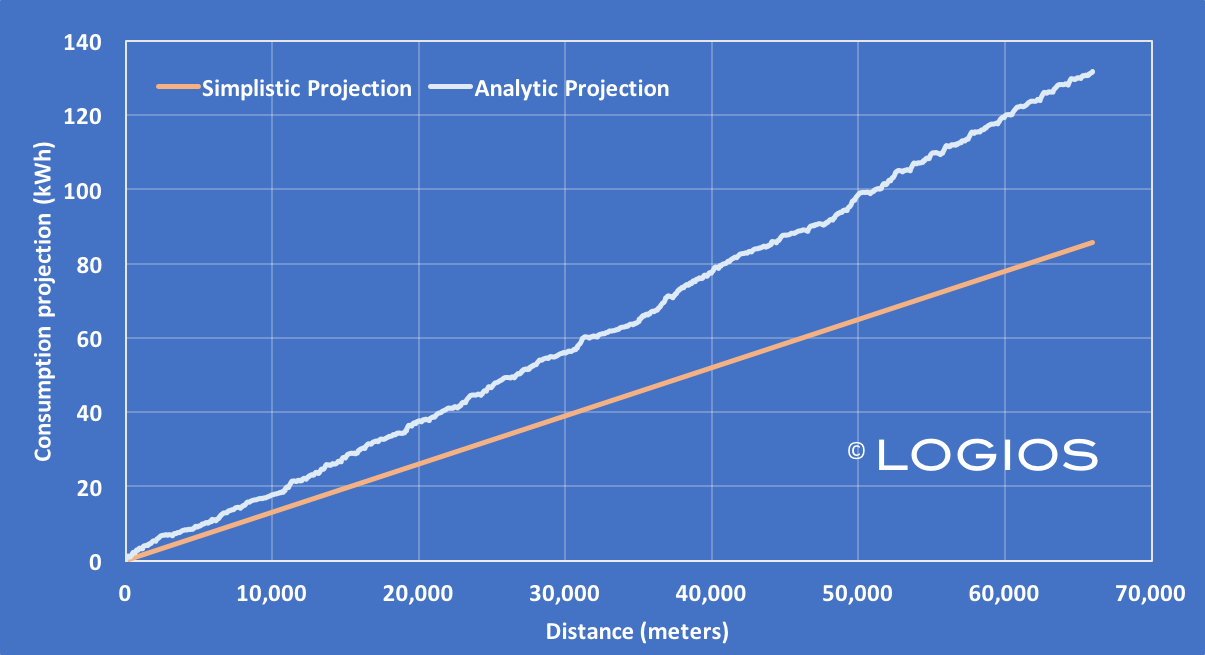The Most Common Mistake in a Fleet Electrification Plan
(May well be the most expensive too)
This story is inspired by recent events…
A transit agency has decided to buy its first set of electric buses. A team is designated to put a plan together. The team is immediately confronted with the first decision point: Which route/s should we electrify? After consideration of a few factors, Route A seems the natural choice. Now let’s get to the fun part and see what kind of bus we need!, the team agrees as they open a spreadsheet.
After a careful survey of technical specifications of various buses in the market, the team narrows down to Model 1: multiplying the rated efficiency times the rated storage capacity of the battery pack, suggests that the range should be bigger than the distance that a bus running on Route A travels in a day. This simple logic sequence, unfortunately, lays the ground for an ill-fated plan.
Developing a fleet electrification plan requires a systems approach. Conceiving it as a linear process will almost inevitably close doors to efficiencies. An effective plan acknowledges that the selection of route, bus configuration, charging strategy, etc., are interdependent; not sequential. It also recognizes that identifying an efficient technology system that meets the real-world operational requirements of a given set of routes is a complex process. Achieving this requires quality field data, tested modeling tools, and experience. LOGIOS regularly helps clients navigate these challenging complexities, and design and implement fleet electrification plans.
A strong fleet electrification plan is a powerful means to mitigate technical, environmental, and financial risks. The simple chart on the right helps visualize part of the technical risks. Simplified calculations of vehicle performance, like the one described above, would yield energy consumption projections like the straight line, the slope of which is equal to the assumed constant efficiency of the bus. Using quality field data and robust computation, on the other hand, realistic projections for a specific route can be obtained, as seen in the upper, more complex curve. Cutting-edge methodologies like these, with the right experience, are critical to steer public and/or private investments in the right direction.
Fleet electrification holds tremendous potential to tackle carbon and toxic emissions from urban road transportation. Effective and realistic planning of fleet electrification is complex and this complexity is often underestimated. The good news is, there are methods and tools to address these complexities and help develop strong plans. One important challenge is, however, that there are no established guidelines for the development of electrification plans. It rests upon the project sponsors (transit agency, financial institutions, other) to do the necessary diligence prior to embarking on plan development and entering the procurement process.
Main author: Gustavo Collantes, Ph.D.
